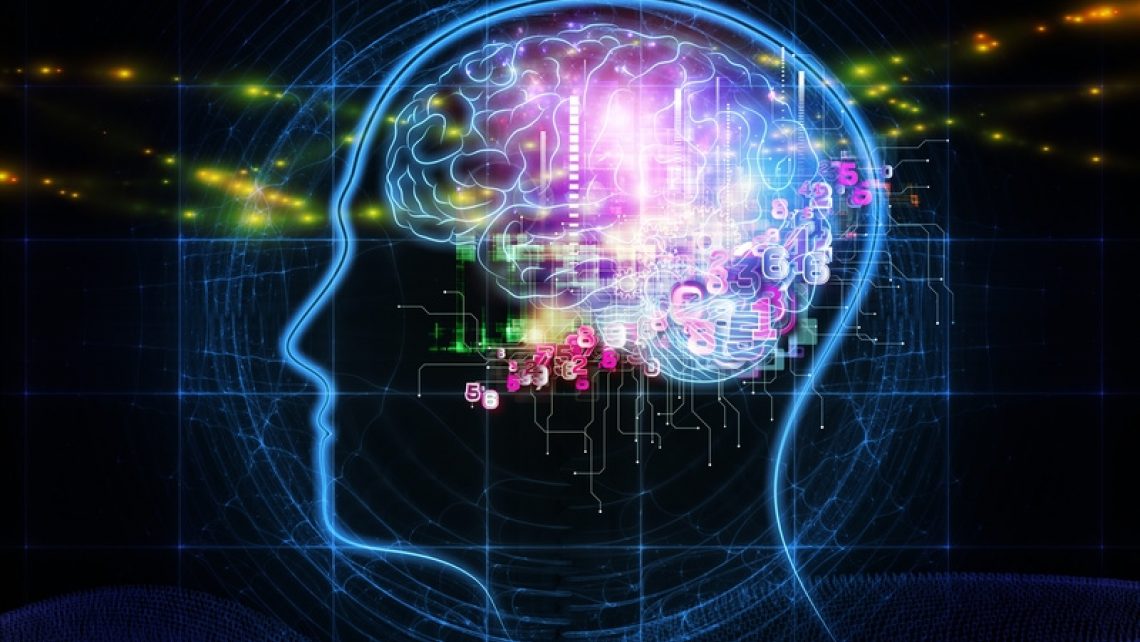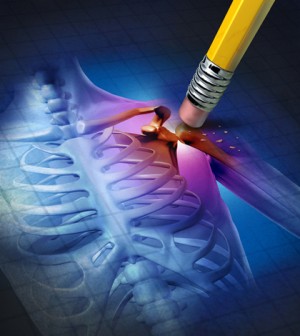Pain Management: Types of Pain
Pain is a general term that describes any kind of unpleasant or uncomfortable sensation in the body.
There are many different types and causes of pain, and these can be grouped into eight different categories to help with pain management:
- Acute pain
- Chronic pain
- Breakthrough pain
- Bone pain
- Nerve pain
- Phantom pain
- Soft tissue pain
- Referred pain.
Acute pain
This starts suddenly and only lasts for a short period (ie, minutes, hours, a couple of days, occasionally a month or two).
It is usually caused by a specific event or injury, such as:
- A broken bone
- A car crash or other type of accident
- A fall
- Burns or cuts
- Dental work
- Labor and childbirth
Chronic Pain
Chronic pain is pain that has persisted for longer than six months and is experienced most days. It may have originally started as acute pain, but the pain has continued long after the original injury or event has healed or resolved. Chronic pain can range from mild to severe and is associated with conditions such as:
- Arthritis
- Back pain
- Cancer
- Circulation problems
- Diabetes
- Fibromyalgia
Chronic pain can severely affect a person’s quality of life and prevent them from returning to work or participating in physical activity. In some people, it may lead to depression or social isolation.
Breakthrough Pain
Breakthrough pain is a sudden, short, sharp increase in pain that occurs in people who are already taking medications to relieve chronic pain caused by conditions such as arthritis, cancer, or fibromyalgia.
Breakthrough pain may also be called a pain flare and it may occur with exercise or physical activity, coughing, illness, stress, or during the period between pain medication doses. The pain level is often severe, but the location of the pain is usually the same as the person’s chronic pain.
Bone Pain
This is a tenderness, aching or discomfort in one or more bones that is present during both exercise and rest.
Bone pain is commonly associated with conditions or diseases that affect the structure or function of bone, such as cancer, a fracture (broken bone), infection, leukemia, mineral deficiency, sickle cell anemia, or osteoporosis. Many pregnant women experience pelvic girdle pain.
Nerve Pain
Nerve pain is caused by nerve damage or inflammation. It is usually described as a sharp, shooting, burning or stabbing pain and may also be called neuralgia or neuropathic pain. Some people describe it as being like an electric shock and it is often worse at night.
Nerve pain can severely interfere with a person’s life and affect their sleep, work, and physical activity levels. They are often very sensitive to cold and may experience pain with even the slightest touch. Many people with chronic nerve pain also develop anxiety or depression.
People with neuropathic pain are often very sensitive to touch or cold and can experience pain as a result of stimuli that would not normally be painful, such as brushing the skin.
Common causes of nerve pain include:
- Alcoholism
- An injury to the brain, a nerve, or the spinal cord
- Cancer
- Circulation problems
- Diabetes
- Herpes zoster (shingles)
- Limb amputation
- Multiple sclerosis
- Stroke
- Vitamin B12 deficiency.
Phantom Pain
Phantom pain is pain that feels like it is coming from a body part that is no longer there. It is common in people who have had a limb amputated, but is different from phantom limb sensation, which is usually painless.
Historically, Doctors believed phantom pain was a psychological problem but they now realize these are real pain sensations that originate in the spinal cord and brain. It often gets better with time, but managing phantom pain can be challenging in some people.
Soft Tissue Pain
This is pain or discomfort that results from damage or inflammation of the muscles, tissues, or ligaments. It may be associated with swelling or bruising and common causes include:
- Back or neck pain
- Bursitis
- Fibromyalgia
- Rotator cuff injury
- Sciatic pain
- Sports injuries, such as sprains or strains
- Temporomandibular joint (TMJ) syndrome.
Referred pain
This is pain that feels like it is coming from one particular location, but is the result of an injury or inflammation in another structure or organ. For example, during a heart attack, pain is often felt in the neck, left shoulder, and down the right arm. An injury or inflammation of the pancreas is often felt as constant pain in the upper stomach area that radiates to the back. A ruptured spleen can cause pain in the shoulder blade.

Manual and physical therapies
Massage
Before you begin massage therapy you will typically talk to the therapist about which areas of your body are painful and what you feel comfortable with. During massage the therapist will use varied pressure on specific areas of your body to help your muscles to relax, providing relief from pain and stress.
Sometimes massage can feel a bit uncomfortable, particularly if your muscles are very tight. If you are worried, talk to your massage therapist. They will be able to reassure you and make the experience as comfortable as possible for you.
Pros
- Can help to relieve pain
- Provides relaxation/reduces stress
- Tailored to your individual needs
Cons
- Can be uncomfortable
- May not be offered readily through your doctor
- Must attend a therapist’s office (need transport)
Physiotherapy
You might have heard physiotherapy referred to as physical therapy. A physiotherapist will work with you to build up your range of movement. They will teach you how to strengthen your body in a way that prevents pain flares. Typically, physiotherapists will carry out passive treatments, meaning treatments in which they do the work. These might involve them manipulating and moving your body to strengthen it and target specific muscle groups.
You will also engage in active treatments, meaning you take an active role while being guided by your physiotherapist. These are often specific strengthening and flexibility exercises. You will usually be given exercises to practice at home, to continue building and maintaining strength.
Pros
- Reduces pain
- Increases range of movement
- Strengthens body
- Tackles fear avoidance
- Increases confidence
- Has long term results
- Increases level of functioning
- Reasonably easy to access
- Active treatments can be carried out using an online pain therapy program
Cons
- Requires effort and dedication
- Can be uncomfortable at times
- Could cause flares during the learning period

Ideas to treat acute pain before it becomes chronic
Treatments for chronic and acute pain will differ depending on the underlying cause(s) of the pain. Furthermore, certain pain treatments will work for some people, but not for others. It is very important to be aware of the level of pain you are feeling and discuss this with your doctor. You may need to try different pain management techniques before finding one (or more) that work the best for you.
Here are some ways, including complementary and homeopathic techniques, to treat acute pain so it doesn’t become chronic:
1 nerve blockers: Local anesthetics can be used to block the group of nerves associated with pain.
2 non-prescription, non-habit forming drug treatments: Some examples include Aleve, Tylenol, or Motrin.
3 physical therapy: Some examples of passive physical therapy include hot packs, cold packs, TENS units, and ultrasound. Some examples of active physical therapy include stretching, pain relief exercises, strengthening exercises, and low impact aerobic conditioning.
4 psychological counseling: Some examples include talk therapy, relaxation training, stress management, and pain coping skills training.
5 behavior modification techniques: One example of this is cognitive behavioral therapy.
6 transcutaneous electrical nerve stimulation (TENS): Developed in the late 1960s, this technique uses electricity to help alleviate pain. The low electrical impulses block certain pain receptors so that the brain does not receive the messages that you are in pain. A session is typically 15 minutes, but may require multiple sessions for successful pain relief.
7 alternative pain management treatments: Some examples may include relaxation, acupuncture, hypnosis, and biofeedback.

Pain Management Treatments Worth Trying
This is why so many people are eager to find a pain management treatment that is successful for them. Chronic pain affects everyone differently, but most of the following therapies have proven effective for a wide population of people, so they may provide at least some pain relief for you. Before you start any new pain management treatment, consult your physician to avoid any health risks.
- Physical exercise—chronic pain has the unfortunate effect of immobilizing you. If you are suffering from lower back pain or a migraine, one of the last things you want to do is expend energy running or biking. However, exercise provides many benefits. In the short term, physical activity produces endorphins, natural pain killers that relieve pain and boost mood. It also helps you sleep more easily and restfully. Over the long time, exercise also helps relax tense muscles that may produce secondary pain symptoms. Many fitness programs that emphasize movement or stretching also specifically mitigate certain pain conditions like arthritis or fibromyalgia. Discuss with your doctor any exercise program prior to starting it to prevent additional injury.
- Physical therapy—although physical therapy may include exercises, there are some key differences. First of all, you will be under the supervision of a medical professional so there should be less risk of injury. Their expertise should also help you focus on specific pain management treatments that are most likely to reduce pain. Secondly, a physical therapist can also offer access to treatments unavailable to the general public like acupressure, ultrasound or transcutaneous electrical nerve stimulation (TENS). Finally, scheduled physical therapy sessions means that you are more likely to adhere to a rehabilitation program that produces benefits.
- Therapeutic massage—many people think that a massage is merely a relaxing indulgence, but a massage administered by a qualified medical professional can produce significant pain relief. One of the types of massage that is gaining more support in the medical community is acupressure which applies gentle rubbing or pressure to key points on the body. Not only does this relax muscles and promote the production of endorphins, but it also helps increase circulation, allowing more oxygen and nutrients to reach damaged tissue. Ultimately, enhanced circulation accelerates the healing process. More than one session is usually required to achieve optimal benefits.
- Mindful meditation—one of the most insidious effects of chronic pain is how it re-wires the brain. Studies show that chronic pain sufferers can lose up to 11 percent of their gray matter, primarily in the prefrontal cortex. This region regulates emotions, and this loss of regulation allows anxiety and fear to predominate thought processes. Stress and fear act to intensify pain feelings. Mindful meditation helps minimize this secondary processing of pain symptoms. Long time practitioners of mindfulness can virtually neutralize pain symptoms entirely.
- Pain relief medications—almost everyone who encounters pain wants immediate relief which most people equate with medications. Intense pain may compel you to ask your doctor for more potent drugs like opioids, but new research suggests this may not help as much as you think. Not only do opioids make some people more sensitive to pain, but they also interfere with sleep which also amplifies pain symptoms. More physicians are recommending that chronic pain patients take over-the-counter medications like acetaminophen or ibuprofen which have been shown to be as potent for some patients as opioids.
Ways to treat pain if it becomes chronic
If acute pain becomes chronic, your doctor will need to overcome some unique challenges.
It is very important to communicate your pain and symptoms with your doctor. Prospira PainCare treat chronic pain by using a multidisciplinary approach.
Your treatment plan can include any of the following techniques:
- physical therapy
- chiropractic care
- pain medications (non-addictive)
- injections
- surgery as a last resort







